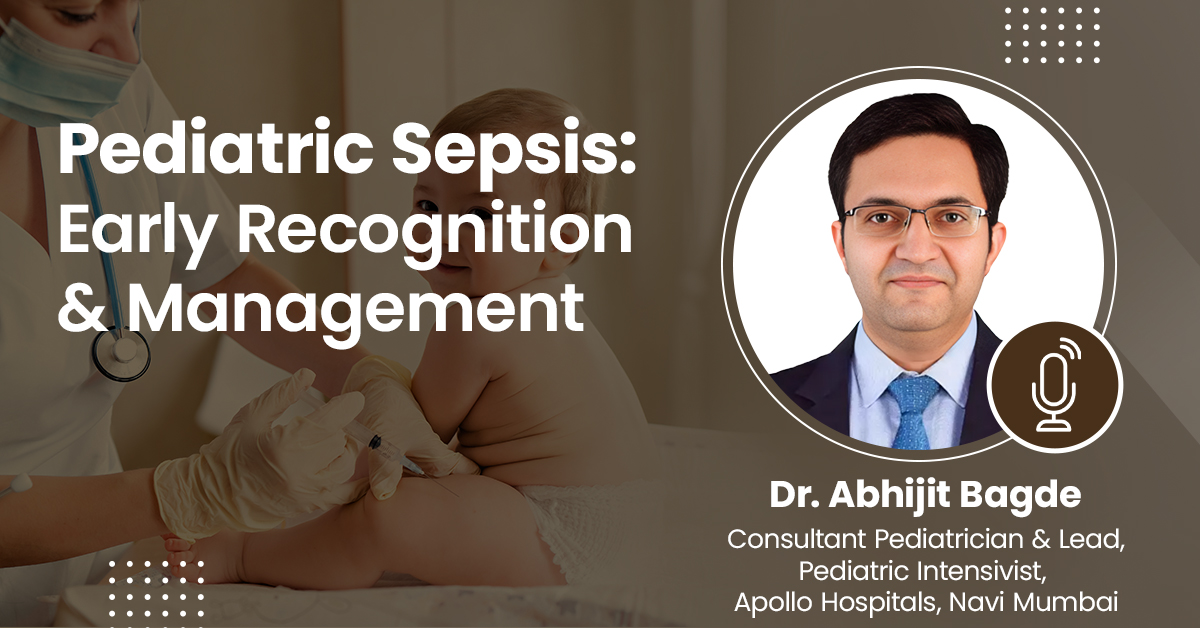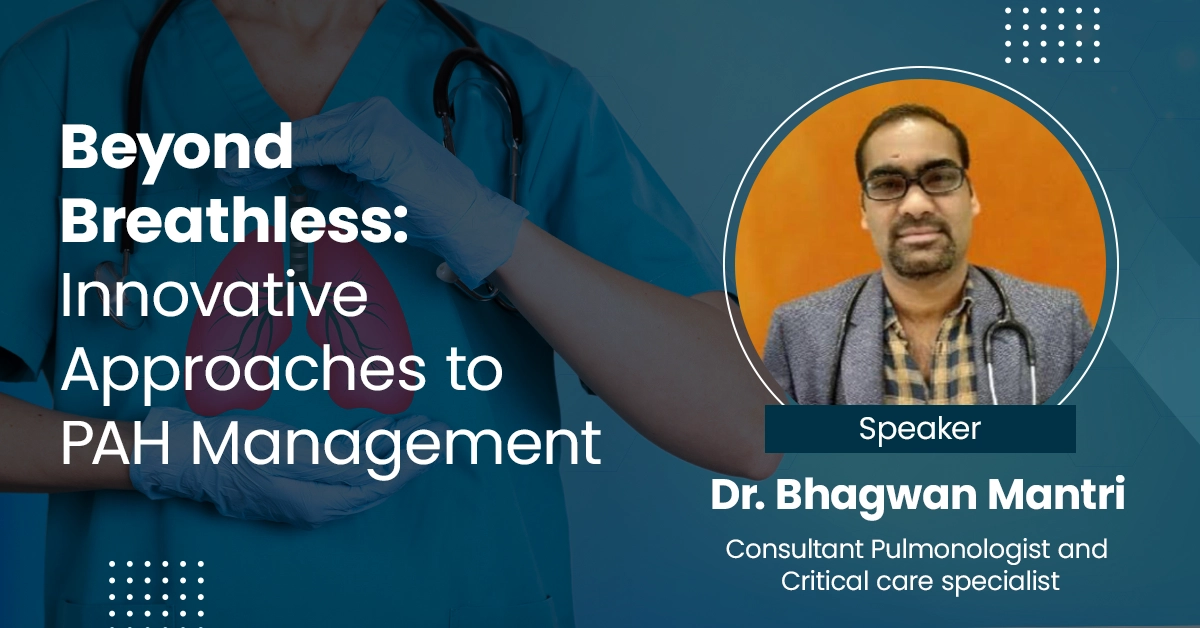- 89.2k views
Beyond Breathless: Innovative Approaches to PAH Management
Pulmonary arterial hypertension (PAH) is a progressive and debilitating disease that affects the arteries in the lungs, leading to increased pulmonary arterial pressure and right heart failure. Despite significant advances in the management of PAH in recent years, it remains a challenging disease to treat, and many patients continue to experience significant symptoms and reduced quality of life. However, there are several innovative approaches to PAH management that are currently being explored and show promise in improving outcomes for patients. One such approach is the use of combination therapy. While single-agent therapy has traditionally been the first-line treatment for PAH, recent studies have shown that combining different classes of drugs can lead to better outcomes. For example, combining an endothelin receptor antagonist with a phosphodiesterase type 5 inhibitor has been shown to improve exercise capacity and reduce clinical worsening in patients with PAH. Another promising approach is the use of novel drugs that target specific pathways involved in the development of PAH. For example, selexipag, a prostacyclin receptor agonist, has been shown to improve exercise capacity and reduce hospitalization rates in patients with PAH. Similarly, macitentan, a dual endothelin receptor antagonist, has been shown to improve exercise capacity and reduce clinical worsening in patients with PAH.
About the Speaker

Dr. Bhagwan Mantri
Consultant Pulmonologist and Critical care specialist
Upcoming Case Discussions
બાળકોમાં વાયરલ તાવ Viral Fever in Children
Viral fever in children is a common condition, usually caused by various viruses such as the flu, respiratory syncytial virus (RSV), or adenoviruses. It often presents with symptoms like fever, body aches, cough, sore throat, and fatigue. In some cases, children may also experience gastrointestinal symptoms like vomiting or diarrhea. Management focuses on symptomatic relief and supportive care. Ensuring proper hydration is key, as fever can cause dehydration. Over-the-counter antipyretics, such as acetaminophen or ibuprofen, are commonly used to reduce fever and alleviate discomfort. Rest and a balanced diet are also important in promoting recovery. Most viral fevers resolve on their own within a few days, but parents should watch for signs of complications, such as persistent high fever, difficulty breathing, or dehydration, which may require medical attention. Educating parents about recognizing warning signs is essential to ensure timely intervention and prevent more serious health issues in children.
Approach to Diabetes In CVD Patients
Cardiovascular disease (CVD) is the leading cause of morbidity and mortality in diabetes mellitus. This narrative analysis provides a thorough examination of the intricate relationship between diabetes and cardiovascular problems. Let us synthesize current literature to examine the most recent information on preventative measures and treatment choices for reducing cardiovascular risk in diabetic people. Insulin resistance is a key link between diabetes and CVD, causing dyslipidemia and atherogenesis. As a result, those with diabetes are at a much higher risk of cardiovascular events. Furthermore, hyperglycemia-induced oxidative stress and inflammation worsen endothelial dysfunction and vascular damage, increasing the risk of cardiovascular problems. The combination between diabetes and CVD frequently accelerates the development of atherosclerotic plaque, making the plaque more prone to rupture. This can lead to severe cardiovascular events such as myocardial infarction and stroke.
Trauma in ICU
Trauma in the ICU presents unique challenges, requiring rapid assessment and multidisciplinary management to address life-threatening injuries. Patients admitted with trauma often have multiple injuries, including traumatic brain injury, fractures, and internal organ damage. The primary goal is to stabilize the airway, breathing, and circulation (the ABCs) while managing hemorrhage, ensuring adequate oxygenation, and preventing further injury. Early identification and treatment of potential complications such as sepsis, acute respiratory distress syndrome (ARDS), and multi-organ failure are critical. Continuous monitoring of vital signs, blood gases, and fluid balance is essential to guide interventions. Pain management and sedation are also key components, but they must be balanced to avoid oversedation, which can complicate recovery. A comprehensive approach, including rehabilitation and nutritional support, is necessary to optimize outcomes. Effective communication between the trauma, surgical, and ICU teams plays a pivotal role in managing complex trauma cases and improving patient survival.
Pediatric Sepsis: Early Recognition and Management
Pediatric sepsis is a life-threatening condition caused by the body’s extreme response to infection, and early recognition is critical for successful management. The first signs often include fever, tachycardia, respiratory distress, altered mental status, or decreased urine output, though these may be subtle in young children. Immediate assessment using pediatric early warning systems (PEWS) can help identify sepsis at its earliest stage. Once sepsis is suspected, rapid intervention is crucial. Initial management focuses on stabilizing the airway, breathing, and circulation, followed by early administration of intravenous fluids to combat shock. Broad-spectrum antibiotics should be administered within the first hour of diagnosis to target the underlying infection. Ongoing monitoring of vital signs, blood lactate levels, and urine output helps assess the effectiveness of interventions. Delayed recognition or treatment increases the risk of multi-organ failure and death, highlighting the importance of swift, aggressive management to improve outcomes in pediatric sepsis.
Diabetes and GI Disorders: Understanding the Connection
Dr. Firdous Shaikh is a highly esteemed Consultant Diabetologist and Metabolic Physician based in Mumbai, India, with over six years of experience in diabetes care. Currently, she serves at the Shri Kapol Utkarsh Mandal and Jyoti Clinic, where she has been providing expert consultation since December 2018. Previously, Dr. Shaikh worked as an Associate Consultant Diabetologist at Lina Diabetes Care Centre and held positions at Shetty Nursing Home and Jyoti Polyclinic. She completed his Fellowship in Diabetes and Endocrinology from the Royal College of Physicians in the UK and underwent residency training in Diabetology at the Asian Heart Institute. Dr. Shaikh is dedicated to advancing diabetes management and improving patient outcomes through personalized care and ongoing education.








